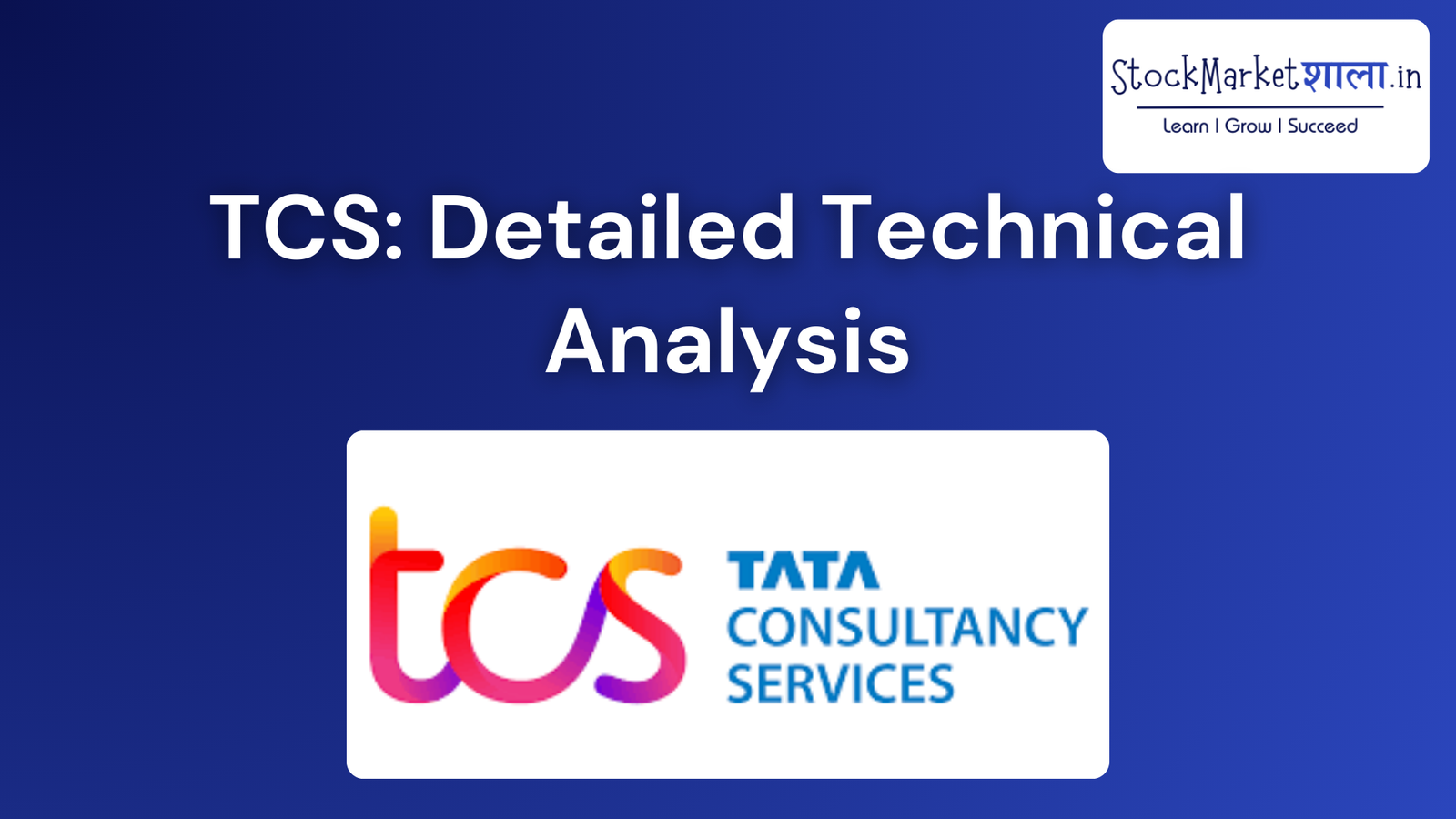When it comes to investing in the stock market, there are two main schools of thought: technical analysis and fundamental analysis. Both approaches aim to help investors make informed decisions, but they differ in their methodologies and the types of information they focus on.
What is Technical Analysis?
Technical analysis is a method of evaluating securities by analyzing statistical trends and patterns in historical market data. It relies on the belief that past price movements can help predict future price movements. Technical analysts use various tools and techniques, such as charts, indicators, and patterns, to identify trends and make trading decisions.
One of the key principles of technical analysis is that market prices reflect all available information. This means that everything known about a company, its financials, and the overall economy is already priced into the stock. Technical analysts focus on price and volume data to identify patterns and trends that can indicate future price movements.
What is Fundamental Analysis?
On the other hand, fundamental analysis is a method of evaluating securities by analyzing the underlying factors that can influence their value. It involves examining a company’s financial statements, industry trends, competitive position, and macroeconomic factors to determine the intrinsic value of a stock.
Unlike technical analysis, which is mainly concerned with price movements, fundamental analysis looks at the underlying value of a company. It seeks to identify stocks that are undervalued or overvalued based on their fundamentals. Fundamental analysts use various financial ratios, such as price-to-earnings ratio, earnings per share, and return on equity, to assess the financial health and profitability of a company.
Which Approach is More Effective?
The debate between technical analysis and fundamental analysis has been ongoing for years, with proponents on both sides arguing for the superiority of their chosen approach. However, it is important to note that there is no one-size-fits-all answer to this question. The effectiveness of each approach depends on various factors, including the investor’s goals, time horizon, and risk tolerance.
Technical analysis can be particularly useful for short-term traders who are looking to profit from short-term price movements. By analyzing charts and patterns, technical analysts can identify entry and exit points for trades. However, it is worth noting that technical analysis is not foolproof and can be subject to interpretation and false signals.
On the other hand, fundamental analysis is often favored by long-term investors who are interested in the underlying value of a company. By analyzing financial statements and industry trends, fundamental analysts can identify stocks that are undervalued or overvalued. However, fundamental analysis requires a deep understanding of financial statements and industry dynamics, and it may not be suitable for all investors.
Ultimately, the most effective approach may be a combination of both technical and fundamental analysis. By using a hybrid approach, investors can take advantage of the strengths of each method and mitigate their weaknesses. For example, an investor may use technical analysis to identify potential entry and exit points and then use fundamental analysis to assess the long-term prospects of a company.
Conclusion
In conclusion, the debate between technical analysis and fundamental analysis is unlikely to be resolved anytime soon. Both approaches have their merits and limitations, and the choice between them ultimately depends on the investor’s goals and preferences. Some investors may find success with technical analysis, while others may prefer the in-depth analysis provided by fundamental analysis. Ultimately, it is important for investors to understand the strengths and weaknesses of each approach and to use them in a way that aligns with their investment strategy.




